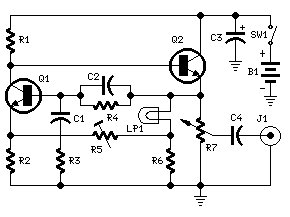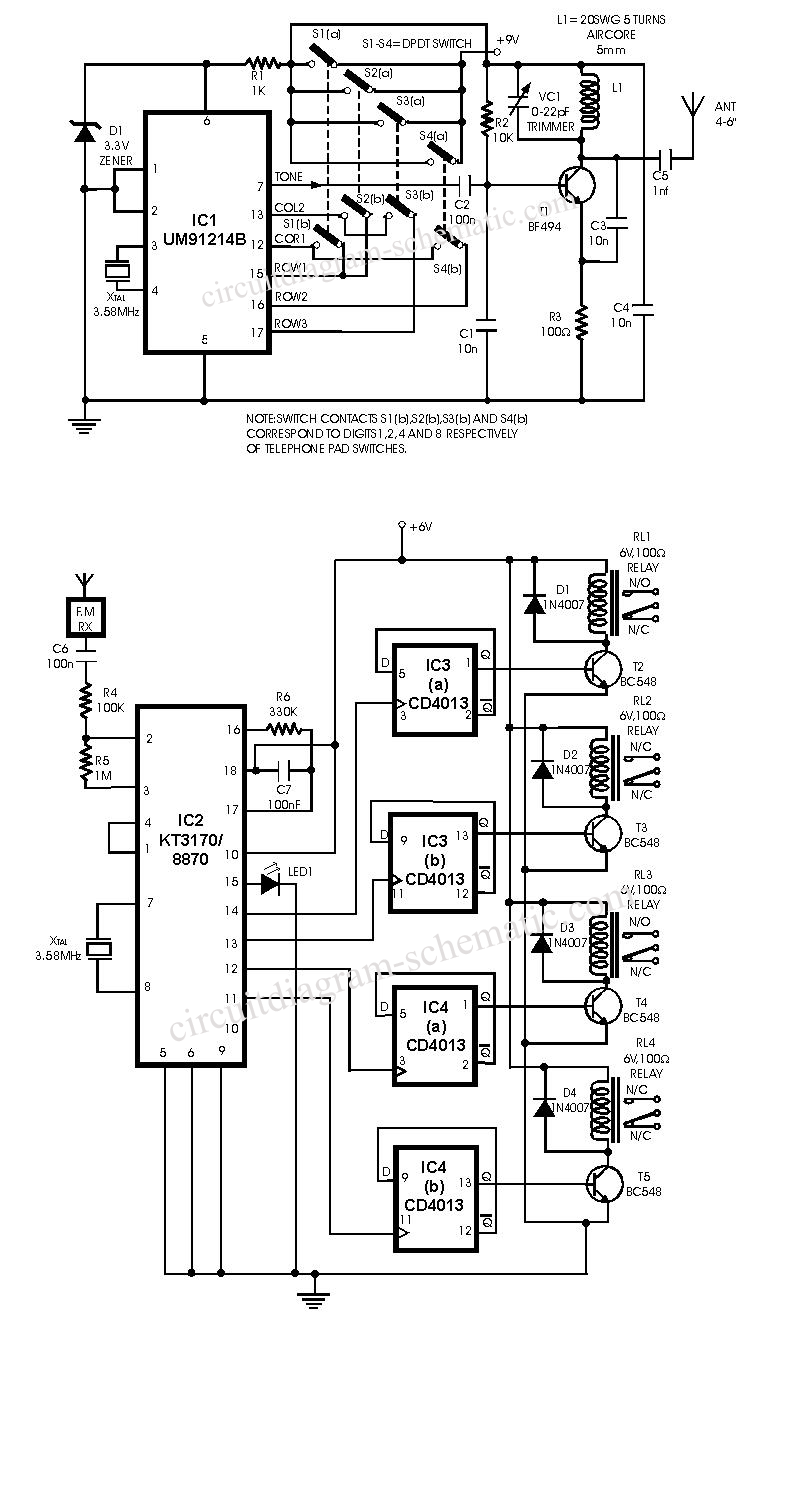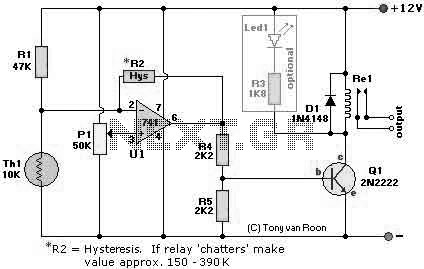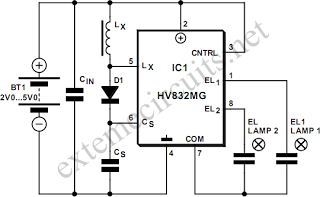
Cheap function generator using XR-2206
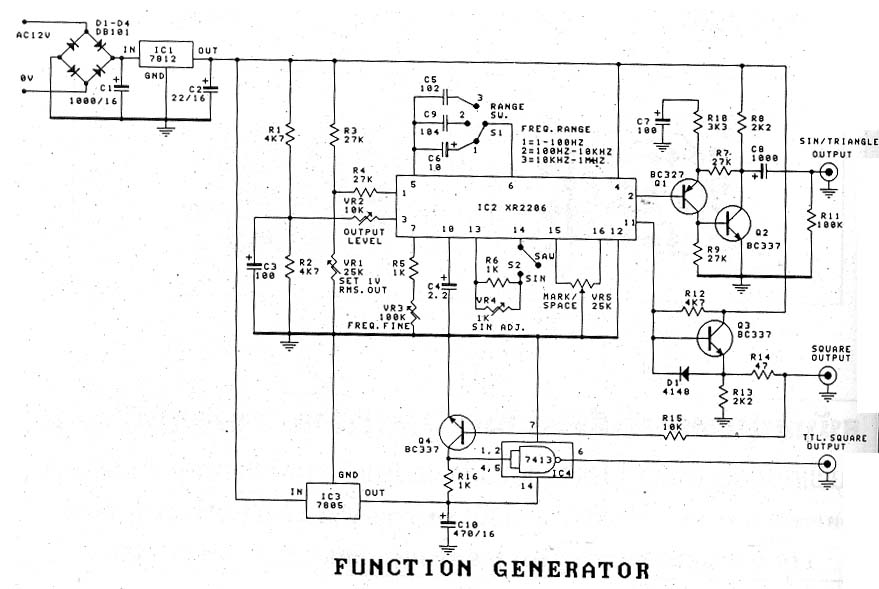
The signal generator, also known as "The Function Generator," is a device designed for use in a single machine. It is often associated with a significant cost.
The function generator is a versatile electronic instrument used to generate various types of electrical waveforms over a wide range of frequencies. Common waveforms produced by function generators include sine waves, square waves, triangular waves, and sawtooth waves. These devices are essential in testing and designing electronic circuits, as they provide a stable and controllable signal source for a variety of applications.
Typically, a function generator consists of several key components, including an oscillator, an amplitude control circuit, and a frequency control circuit. The oscillator generates the desired waveform, while the amplitude control allows the user to adjust the voltage level of the output signal. The frequency control circuit enables the user to select the frequency of the generated waveform, which can range from a few microhertz to several megahertz, depending on the specifications of the device.
Function generators may also include additional features such as modulation capabilities, allowing for the generation of complex signals by varying the amplitude, frequency, or phase of the output waveform. Some advanced models incorporate digital signal processing techniques, enabling users to create arbitrary waveforms with high precision.
In terms of connectivity, function generators typically provide outputs via standard BNC connectors, allowing for easy integration with oscilloscopes, amplifiers, and other test equipment. The user interface often includes a digital display for monitoring frequency and amplitude settings, as well as knobs or buttons for making adjustments.
Overall, the function generator is a crucial tool in the field of electronics, facilitating the analysis and testing of circuits in both laboratory and industrial environments. Its ability to produce a wide range of signals makes it indispensable for engineers and technicians alike.Formerly, you will find the signal generator is called ""The Function Generator"" for use one machine. Also would have to pay not less, called the Formerly, you will find the signal generator is called The Function Generator for use one machine.
Also would have to pay not less, called the is a very big.. 🔗 External reference
The function generator is a versatile electronic instrument used to generate various types of electrical waveforms over a wide range of frequencies. Common waveforms produced by function generators include sine waves, square waves, triangular waves, and sawtooth waves. These devices are essential in testing and designing electronic circuits, as they provide a stable and controllable signal source for a variety of applications.
Typically, a function generator consists of several key components, including an oscillator, an amplitude control circuit, and a frequency control circuit. The oscillator generates the desired waveform, while the amplitude control allows the user to adjust the voltage level of the output signal. The frequency control circuit enables the user to select the frequency of the generated waveform, which can range from a few microhertz to several megahertz, depending on the specifications of the device.
Function generators may also include additional features such as modulation capabilities, allowing for the generation of complex signals by varying the amplitude, frequency, or phase of the output waveform. Some advanced models incorporate digital signal processing techniques, enabling users to create arbitrary waveforms with high precision.
In terms of connectivity, function generators typically provide outputs via standard BNC connectors, allowing for easy integration with oscilloscopes, amplifiers, and other test equipment. The user interface often includes a digital display for monitoring frequency and amplitude settings, as well as knobs or buttons for making adjustments.
Overall, the function generator is a crucial tool in the field of electronics, facilitating the analysis and testing of circuits in both laboratory and industrial environments. Its ability to produce a wide range of signals makes it indispensable for engineers and technicians alike.Formerly, you will find the signal generator is called ""The Function Generator"" for use one machine. Also would have to pay not less, called the Formerly, you will find the signal generator is called The Function Generator for use one machine.
Also would have to pay not less, called the is a very big.. 🔗 External reference
